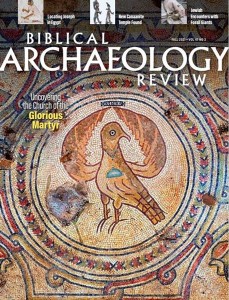Epistles: The Signs That Bind
Why Tamar Requested Judah’s Signet, Cord, and Staff

One of the more dramatic stories in the Bible appears in Genesis 38. It tells of the relationship between the patriarch Judah and his widowed daughter-in-law Tamar. Following the death of her husband, and after her hopes of being redeemed from widowhood by levirate marriage are disappointed by none other than Judah himself, Tamar takes the bold initiative of disguising herself as a harlot sitting by the roadside. Ironically, she seduces Judah into having sexual relations with her, thereby fulfilling his promise that she would be wed to a member of Judah’s family.
As part of their pre-deed agreement, Tamar asks Judah to deposit a pledge until he has paid her the goat he had promised. She requests his signet, cord, and staff (Genesis 38:17-18). But why does Tamar ask Judah for these specific objects? They appear to be the three most prominent signs of identification in antiquity, at least among high-ranking personalities like Judah. Furthermore, on a literary and theological level, they symbolized the fulfillment of Judah’s promise to Tamar that she would be a partner in the establishment of the Kingdom of Judah.
The Signet
Already a library member? Log in here.
Institution user? Log in with your IP address.

